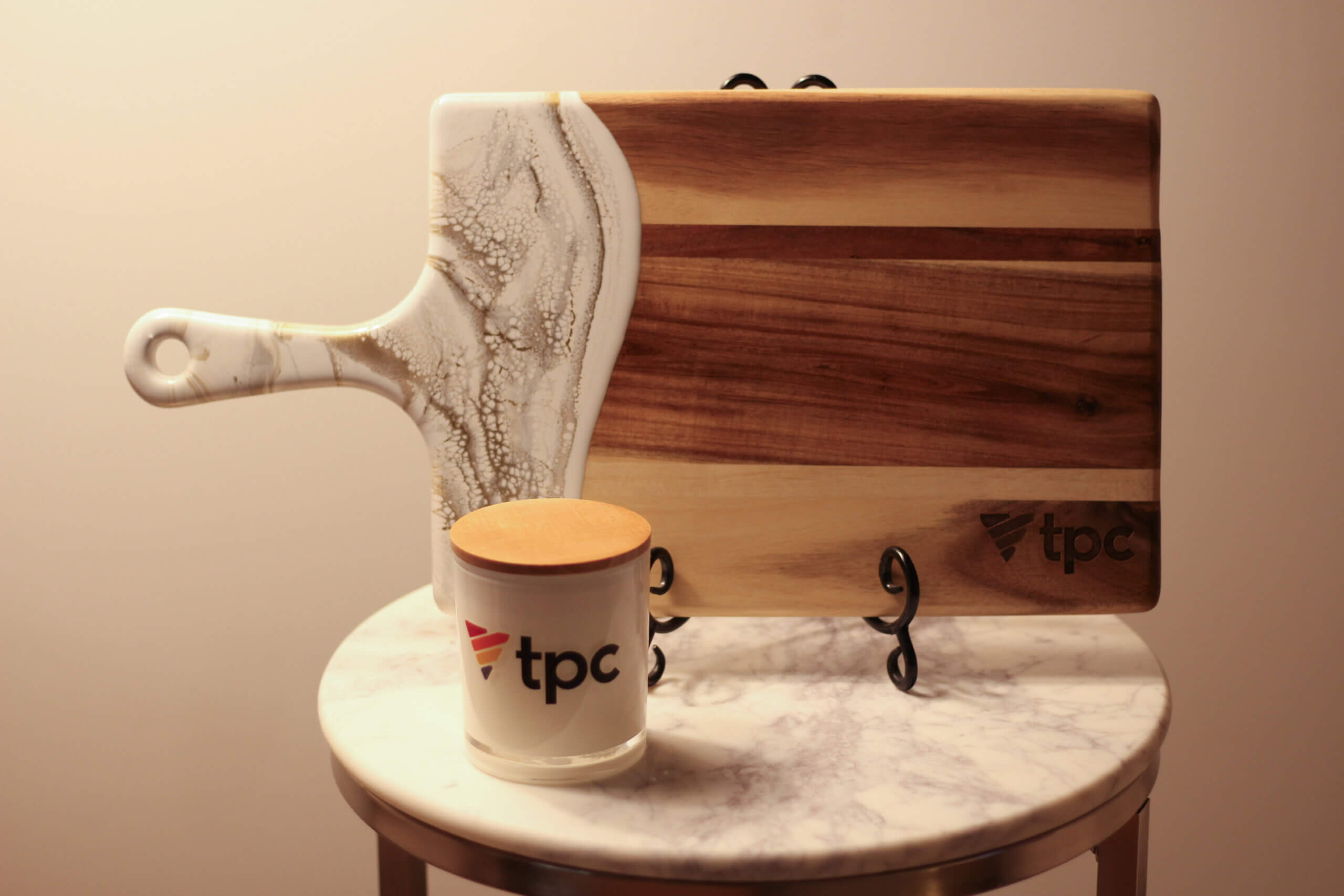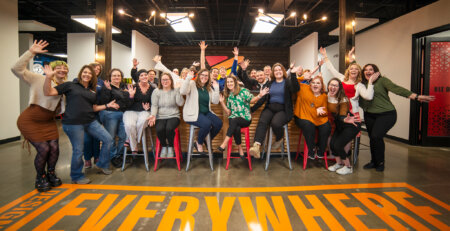Design is more than making things look pretty; it’s building a memorable brand identity. It stirs emotions, forges connections, and creates loyalty. In our competitive market, design cannot be overstated. Having a well-designed, professional appearance, will make any brand stand out.
What is Prepress?
Prepress is all of the work that takes place before going to production. Making sure designs are correctly sized on merchandise, mockups are prepared, and graphics are print ready. Proofing ensures the quality and accuracy of printed materials. There is also an important step called plating. It involves the design setup that is sent to production for final print. From color management to file preparation, commitment to quality means that branding will be accurately and consistently represented in every design.
Brand Maintenance
Graphic Design: Tangible Brand Representation
Graphic design serves as the tangible representation of a brand. It goes beyond creating visually appealing images; it communicates branding, values, mission, and personality to a target audience. Experienced and educated designers are the key to ensuring that every design reflects the highest standards of quality and craftsmanship. Crafting designs that resonate with an audience is the key to leaving a lasting impression. Graphic design is the cornerstone of a brand’s visual identity.
Why does a logo need to be vector?
When it comes to designing a logo for a business, a vector format (.svg, .eps, .ai) is crucial. Unlike raster images (.png, .jpeg, .gif), which are composed of pixels and can lose quality when scaled up or down, vector graphics are composed of mathematical equations, allowing them to be resized infinitely without losing clarity. This scalability ensures that logos look crisp and professional across various mediums, from business cards to billboards. Additionally, vector files are easily editable, allowing designers to make adjustments . Vector is relatively “future-proof” and a more efficient solution for modifications or rebranding efforts.
Font Families:
Font choice is paramount in graphic design since it directly impacts the readability and perception of a brand. Font families may offer a range of styles with a cohesive design, allowing designers to maintain consistency while conveying different tones and messages. Font families play a crucial role in brand recognition. Consider iconic brands like Coca-Cola or Disney— their distinct typography is instantly recognizable, even in the absence of their logos. Whether a company wants a sleek and modern look or a classic and elegant feel, selecting complementary font families can help reinforce a brand’s identity and effectively communicate with their target audience.
The Importance of Color:
Color is significant because it evokes emotions, conveys messages, and influences consumer behavior. Pantone is a universal color matching system which ensures consistency and accuracy in color reproduction across various mediums and materials. By specifying Pantone colors in design projects, it’s a guarantee that the brand’s colors remain consistent across print materials, digital assets, and promotional merchandise. This attention to detail not only enhances brand recognition but also establishes credibility and professionalism.
Logo Usage:
A well-designed logo is versatile and adaptable, capable of representing a brand across many platforms and applications. From digital platforms like email and social media, to physical mediums such as signage and apparel, the logo should maintain its integrity and visibility regardless of the context. Factors to consider include color variation, sizing, and placement to ensure optimal visibility and impact. Whether embroidered on a uniform or displayed on a vehicle wrap, logos should consistently reinforce a brand’s identity and leave an impression.
Specific Uses
Vehicles:
Vehicle graphics not only reflect a brand’s personality and value, but turn a vehicle into a rolling billboard. Fleets become powerful marketing tools, creating impressions wherever they go, all day, every day. In fact, research found that vehicle advertising generates 30,000 – 70,000 daily impressions¹. While online ads typically cost up to $21 per thousand impressions, fleet graphics can cost as little as $0.15 per thousand impressions². This makes them very cost-effective, in addition to looking great!
Branded Merch:
Branded merchandise transcends its role as a mere promotional tool; it transforms loyal customers and employees into powerful brand ambassadors. Our dedicated designers collaborate closely with clients to craft distinctive and memorable merchandise that deeply resonates with the intended audience. Part of the process for designing brand merchandise includes setting up the artwork correctly on the item. Creating an accurate mockup is vital to ensure the final product turns out as expected.
Packaging:
In today’s crowded marketplace, packaging is so often disregarded and forgotten, but it plays a crucial role in retaining customers and driving sales. Even a “simple” package for cables requires plating, printing, cutting, scoring, folding, gluing, and boxing. Design ensures accurate reproduction of intricate designs and colors on packaging materials. The attention to detail involved in this step enhances the visual appeal of the product.
Harness the Power of Design
Graphic design plays a vital role in business growth by serving as the tangible representation of each brand. From printed materials to branded merchandise, design touches every aspect of a brand’s visual identity. At tpc, we’re passionate about helping businesses elevate their brand through thoughtful and impactful design. Contact us today to explore our design services and take your brand to the next level.
(1) “Measuring the Value of Vehicle Wraps” by ARD Ventures, 2003
(2) Outdoor Advertising Association of America, Inc.
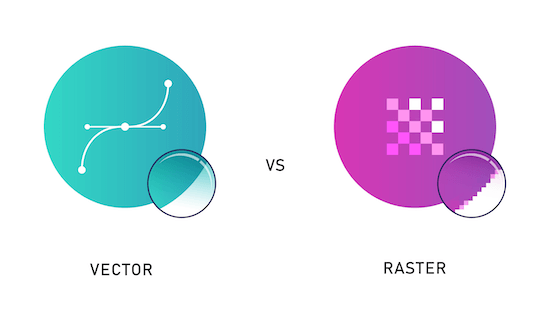
Credit: Almuhalif - stock.adobe.com
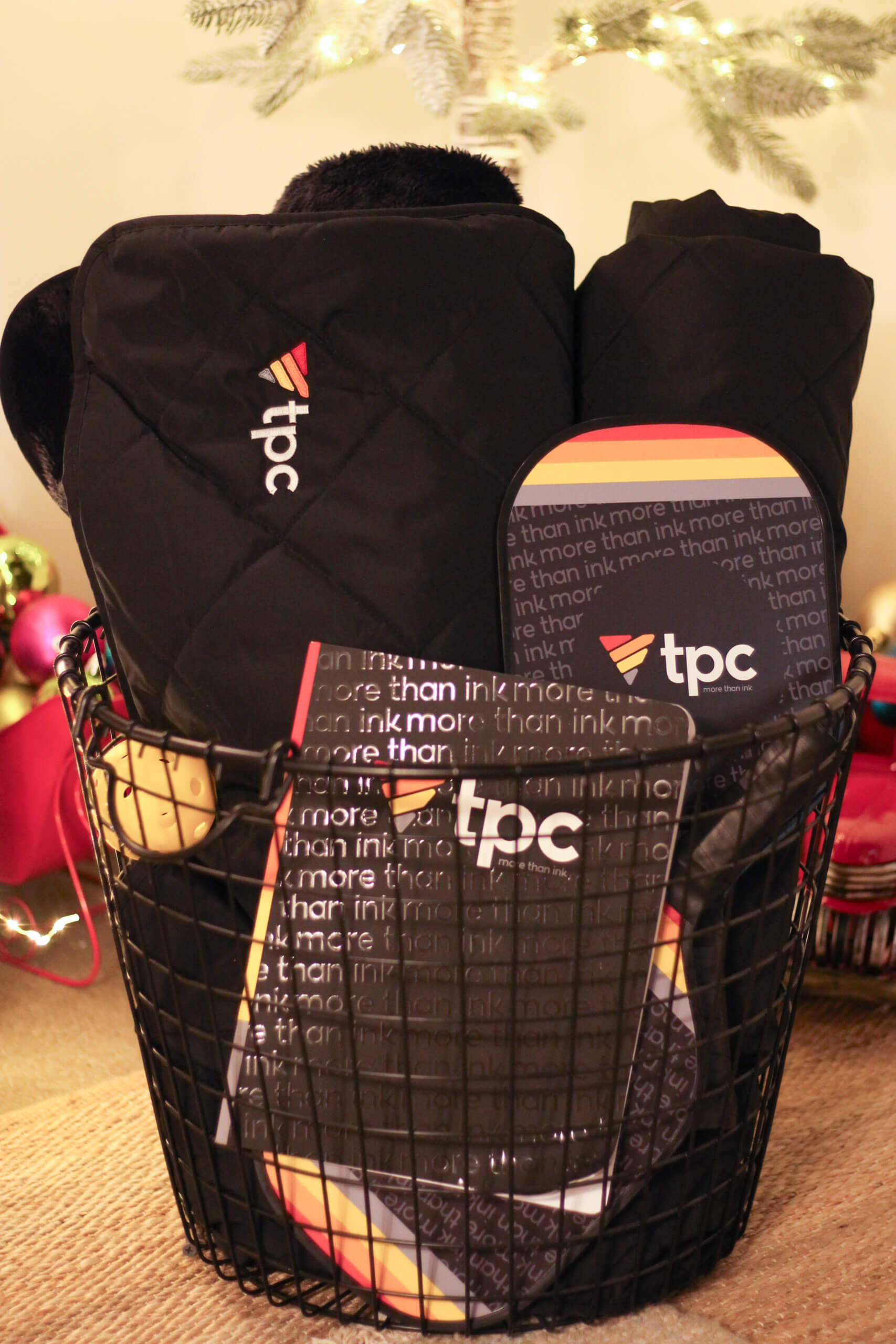
BRANDED MERCH
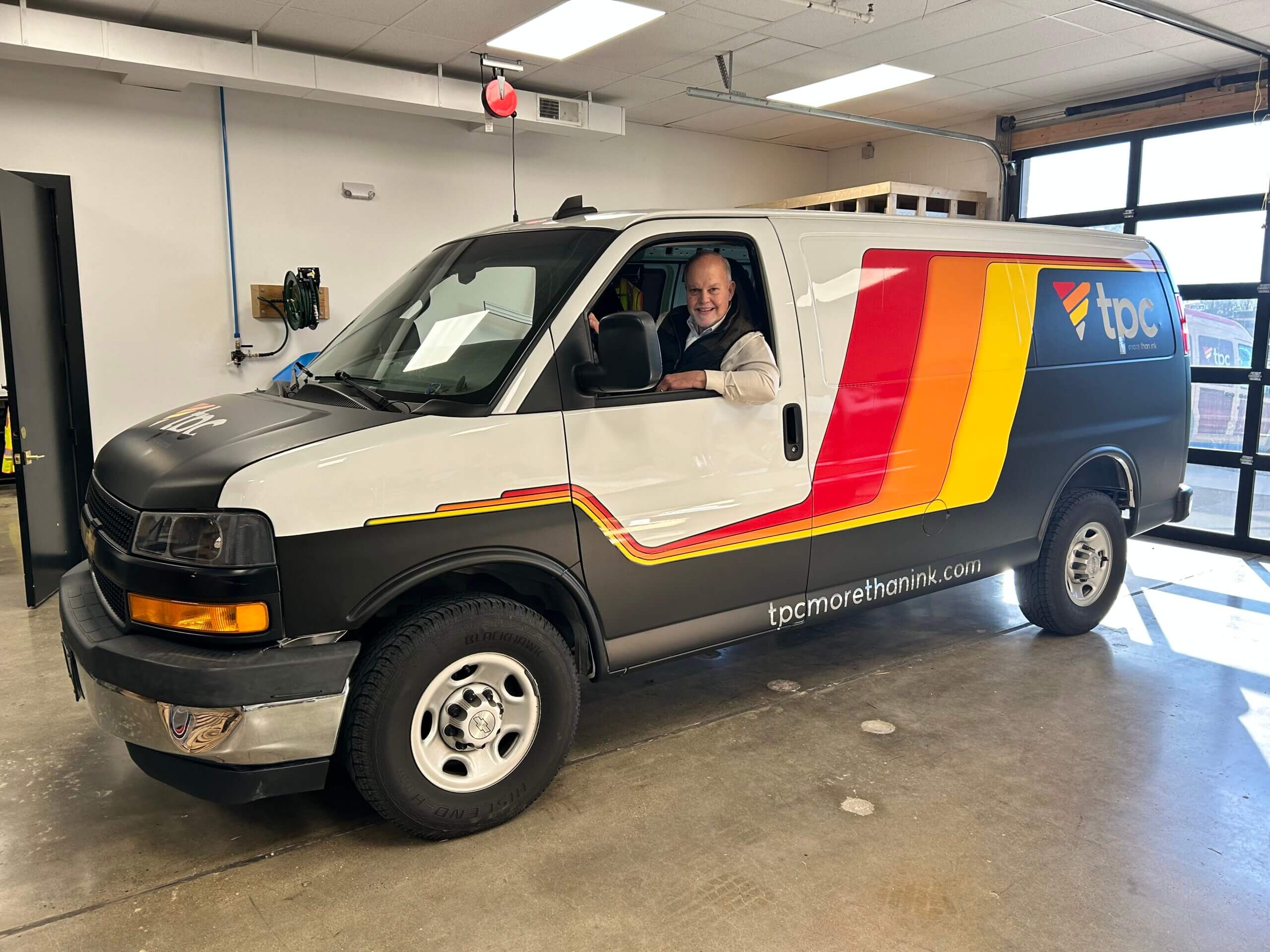
VEHICLE GRAPHICS
